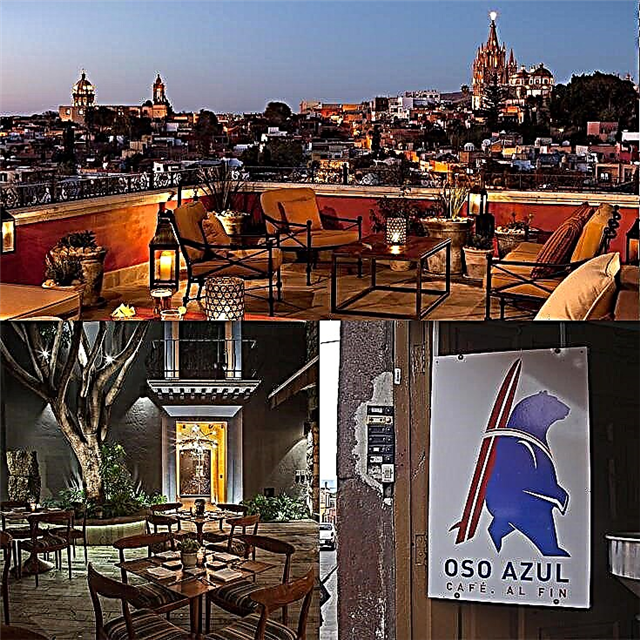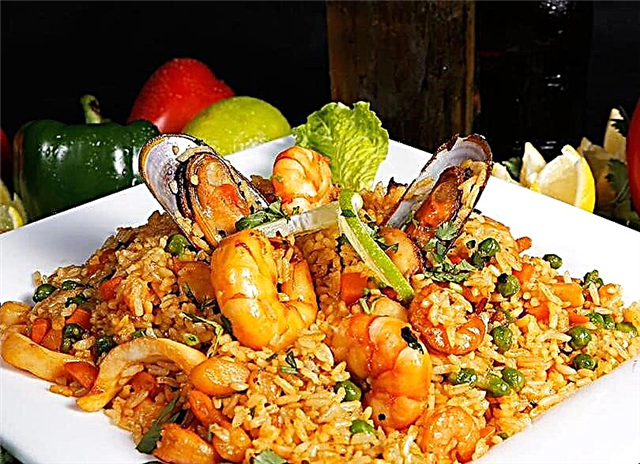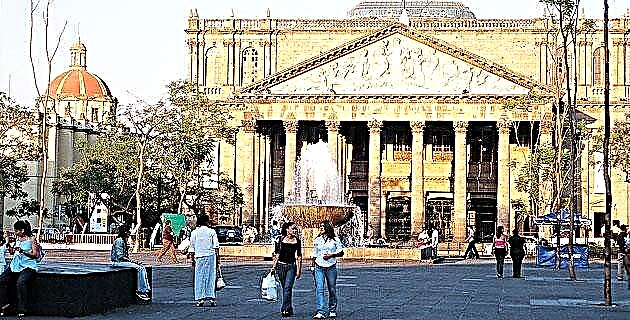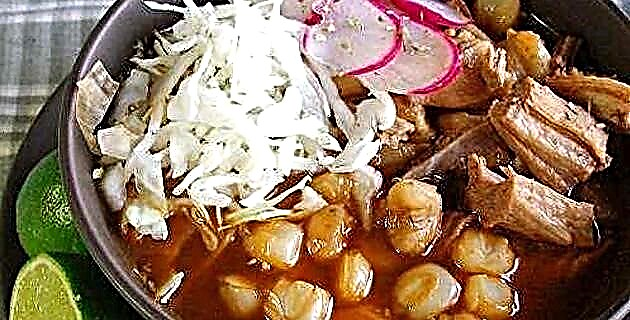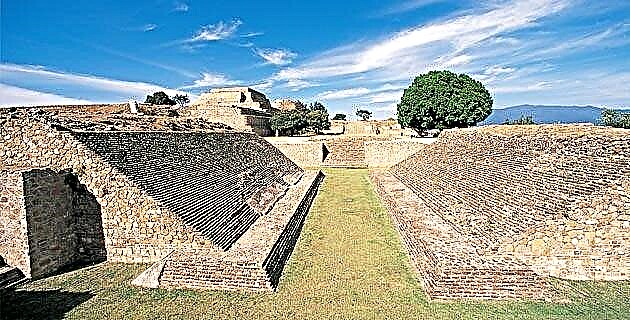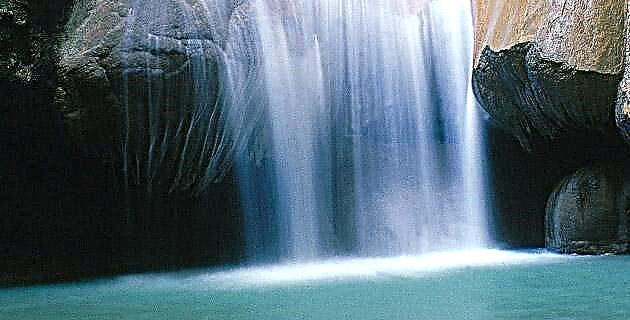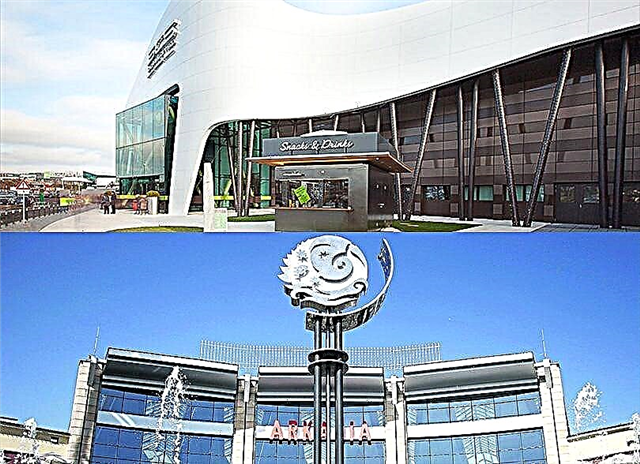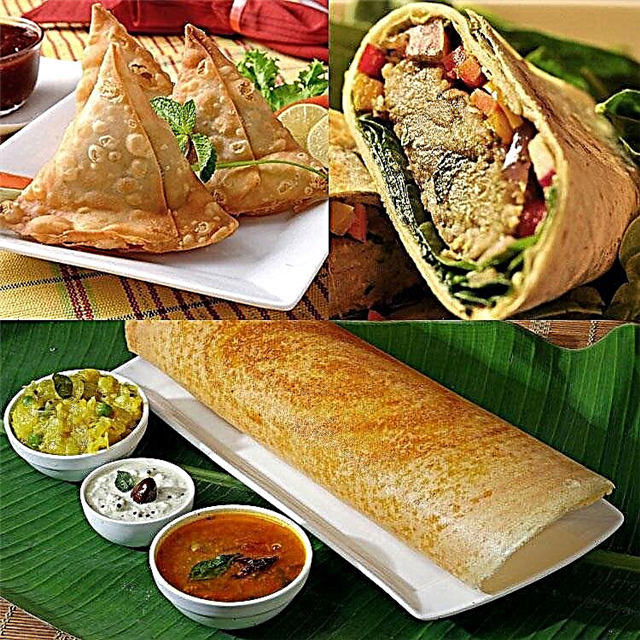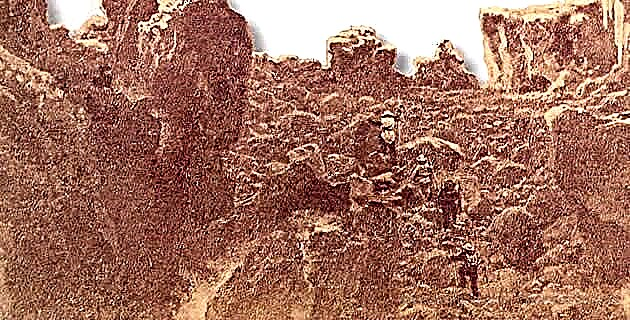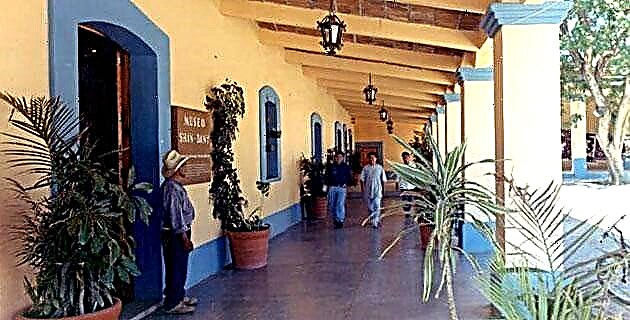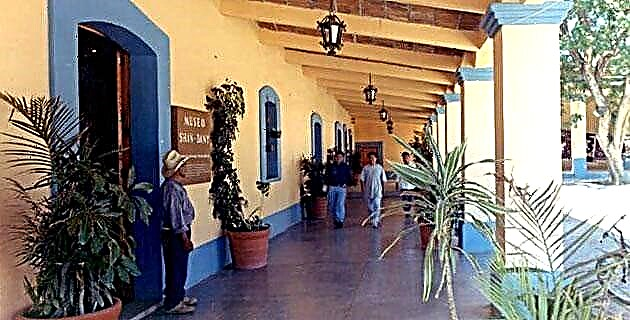
Community museums have founded a model of active incorporation of communities in the tasks of research, conservation and dissemination of their own cultural heritage ...
Hence, they have aroused great interest in specialists dedicated to the creation and operation of museums. In fact, the inauguration of a cultural enclosure of this type constitutes the crystallization of a gradual process of the community's relationship with the knowledge and management of its heritage, which results from an extraordinary wealth both organizational and educational. Let's see why.
In general terms, the process begins when a community expresses its desire to have a museum. The key for it to continue lies in the organization of the community itself, that is, in the possibility of sanctioning the museum initiative in the instance through which the inhabitants of the town feel represented: the assembly of traditional authorities, the ejidal or communal property, for example. The objective in this case is to involve the majority in the project so as not to restrict participation.
Once the appropriate body agrees on the creation of the museum, a committee is appointed which for one year will successively cover various functions. The first is to consult the community on the issues the museum will address. This activity is very relevant, since it allows each person to freely express their demands for knowledge, and in doing so, a first reflection takes place about what is important to know, recover and show about themselves; what corresponds to the individual and the communal sphere in terms of history and culture; what can represent them before others and simultaneously identifies them as a collectivity.
It is important to point out that unlike institutional museums -public or private-, where the selection of themes is final, in community museums there are museographic units that do not necessarily contain a chronological or thematic sequence. Topics as diverse as archeology and traditional medicine, handicrafts and customs, the history of a hacienda or that of a current problem regarding a land demarcation between two neighboring towns may arise. The accent is on the ability to respond to collective knowledge needs.
A very eloquent example in this sense is the museum of Santa Ana del Valle de Oaxaca: the first room is dedicated to the archeology of the place, as people wanted to know the meaning of the figurines found in the plots, as well as the designs used in the manufacture of their textiles, probably from Mitla and Monte Albán. But he also wanted to find out what had happened in Santa Ana during the Revolution. Many people had evidence that the town had participated in a battle (some cananas and a photograph) or remembered the testimony that the grandfather had once spoken, and yet they lacked sufficient clarity about the importance of the event or the side to which they had belonged. Consequently, the second room was dedicated to answering these questions.
Thus, during the research process carried out for each topic, when the older or more experienced members are interviewed, individuals can recognize in themselves and on their own initiative the role of protagonists in defining the course of history. local or regional and in the modeling of the characteristics of its population, acquiring an idea of process, continuity and historical-social transformation that implies an important turn in terms of the conception of the museum.
By systematizing the results of the research and preparing the museum script, a confrontation takes place between the different versions of history and culture, contributed by the sectors and strata of the community, as well as by the various generations. Thus begins a shared experience of very abstract elaboration in which facts are ordered, memory is re-signified and a value is assigned to objects based on their representativeness and importance to document a concept, that is, a idea of communal heritage.
The stage of donation of pieces substantially enriches the previous idea to the extent that it favors a discussion related to the importance of the objects, the relevance of exhibiting them in the museum and about the ownership of them. In Santa Ana, for example, the initiative to make the museum derived from the discovery of a pre-Hispanic tomb on a communal land. This discovery was the consequence of a tequium agreed for the remodeling of the town square. The tomb contained human and dog bone remains, as well as some ceramic utensils. In principle, the objects did not belong to anyone under the circumstances; However, the participants of the tequio decided to grant the remains the status of communal patrimony, by making the municipal authority responsible for their conservation and requesting their registration from the corresponding federal authorities, as well as the realization of a museum.
But the finding gave for more: it led to a dialogue about what is representative of history and culture, and the discussion of whether the objects should be in a museum or remain in their place. One gentleman on the committee did not believe that dog bones were valuable enough to be displayed in a display case. Likewise, several people pointed out the risks that when moving a stone with pre-Hispanic reliefs "the hill would get angry and the stone would get angry", until finally it was decided to ask them for permission.
These and other discussions gave meaning and significance to the museum, while the inhabitants became aware of the need to take charge of the conservation of their heritage in general, and not only that part that was already protected. In addition, the looting of archaeological material ended, which although sporadic, occurred in the surroundings of the town. People chose to suspend them once they had the experience of valuing testimonies from their past in a different way.
Perhaps this last example can summarize a process in which all the functions that make up the notion of cultural heritage come into play: identity, based on differentiation from others; sense of belonging; establishment of borders; notion of a certain concept of temporality, and significance of facts and objects.
Seen in this way, the community museum is not only the place that houses objects from the past: it is also a mirror where each of the members of the community can see themselves as a generator and bearer of culture and assume an active attitude towards the present and, of course, to the future: what you want to change, what you want to preserve and with respect to the transformations imposed from outside.
The above reflection is of central importance, given that most of these museums are located in indigenous populations. We cannot be so naive as to suppose communities isolated from their environment; on the contrary, it is essential to understand them in the framework of subordination and domination that has been built around them since the first years of the conquest.
However, in light of what has been happening in the world context, it is also necessary to consider, although it may seem paradoxical, the emergence of the Indian peoples and their ethnic and ecological demands. To a certain extent there is in men the desire and the intention to establish other forms of relationship between themselves and with nature.
The experience of community museums has shown that despite such precarious conditions, today's Indians are the repositories of accumulated knowledge as well as particular ways of accessing knowledge, which had previously been flatly devalued. Likewise, that through a process such as the one described, it is feasible to establish a platform in which they listen to themselves and show others -the different- what their history and culture is in their own terms and language.
Community museums have put into practice the recognition of cultural plurality as a fact that enriches the whole and, at least tendentially, could contribute to the very content of a national project, which legitimizes it and makes it viable, it is about develop a multicultural nation without pretending that it ceases to be so ”.
This proposal refers us to the need to consider that a cultural project in an indigenous community is, or should be considered as, a relationship of a symmetrical nature, of exchange, of mutual learning. Reflecting together our own thoughts, comparing our ways of knowing, making judgments, establishing criteria, would undoubtedly feed our capacity for wonder and would extraordinarily enhance the range of perspectives.
We require the establishment of spaces for a respectful dialogue between two ways of conceiving the educational-cultural task to establish the usefulness and value of certain knowledge and behaviors.
In this sense, the community museum may be the appropriate setting to initiate this dialogue capable of contributing to the mutual enrichment of the questions and knowledge that are considered worthy of being preserved and, consequently, transmitted. But above all, this dialogue seems urgent because it has become an imperative from the point of view of our responsibility to define the kind of society in which we want to live.
From this perspective, it is essential to think about children. The museum can contribute to the formation of new generations in a framework of plurality and tolerance, and also promote an environment in which the word of minors is listened to and respected and they learn to trust their own capacity for expression and reflection. , developed in dialogue with others. Someday it won't matter if the others appear the same or different.

